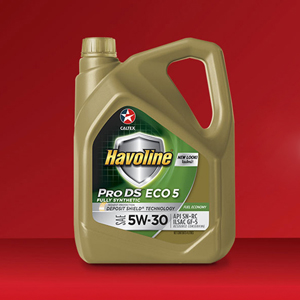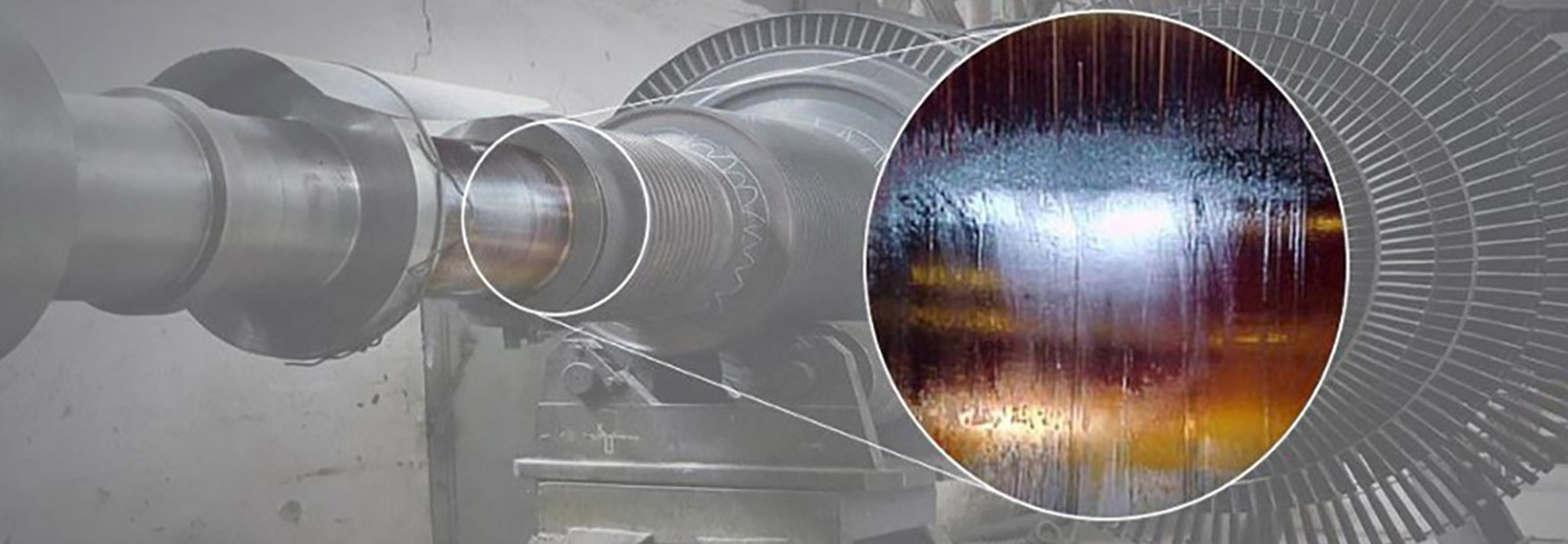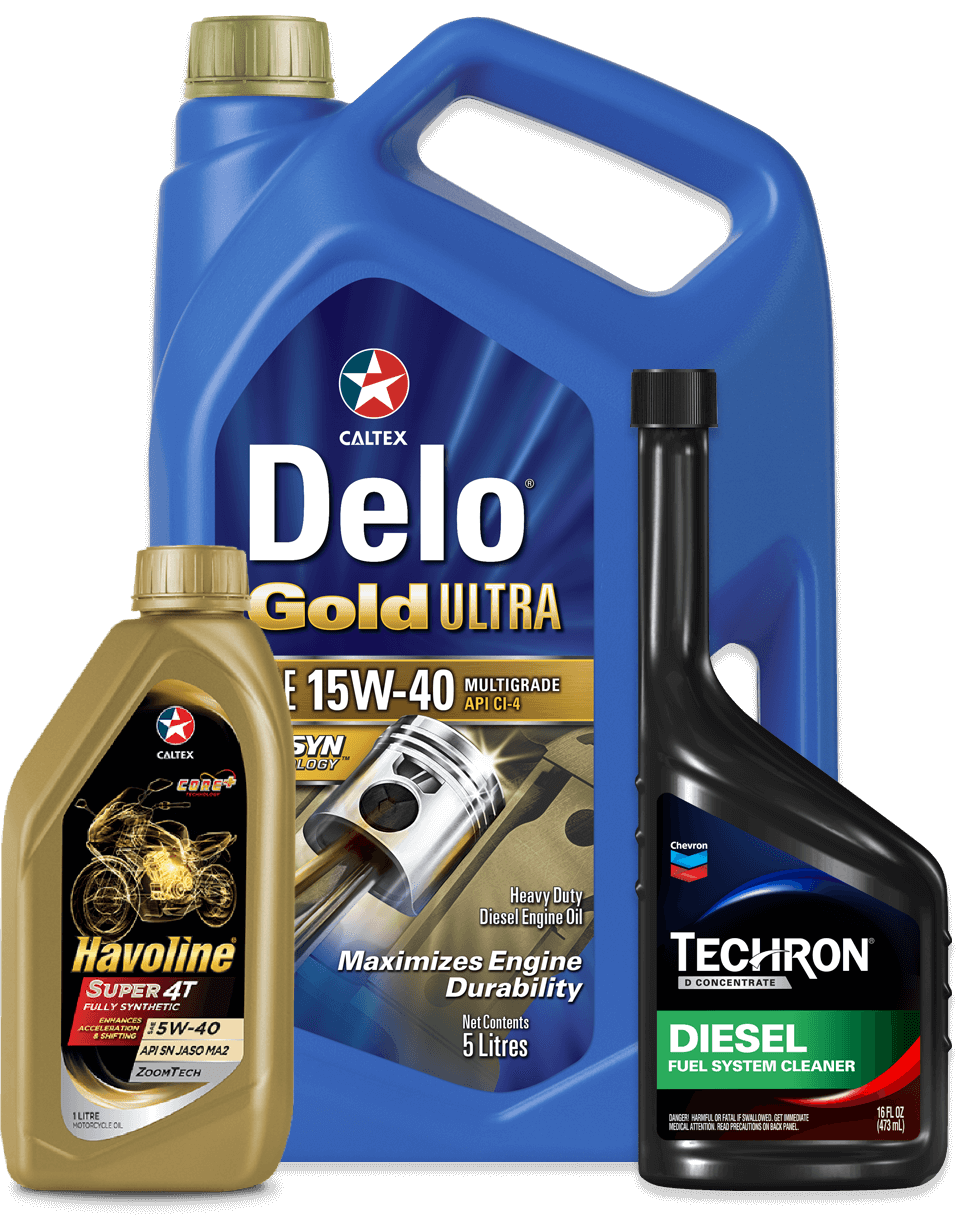Power generation companies world over, especially the ones that use gas and steam turbines, tend to have a problem, a seeming catch-22 situation which is intertwined with their basic function.
They are legally supposed to generate a stipulated amount of power in a stipulated amount of time, as demand for power increases in areas closer to their power stations. But this continuous requirement for power concomitantly causes the intensive usage of their turbines. The intense friction, heat, and air-intake during the operation of these turbines cause oxidation of the oils used there, which result in the formation of acids, polymers, and other insoluble deposits.
These, in turn, form the varnish on the metal surfaces such as the piping, gas regulation valves, filters, strainers, and heat exchangers. The sticky film of varnish further ensnares other particles in the turbine system, which builds up over time.
Problems from Varnish Buildup
There are a host of problems arising from this varnish buildup:
- Clogging of oil flow strainers and orifices.
- Clogging of filters and decrease in filter efficiency.
- Increased wear of metal surfaces due to accumulated dirt and contaminants.
- Loss of heat transfer in heat exchangers; increased friction, heat and energy due to varnish's thermal insulation effect.
- Sticking and disruption of directional valves, which further disrupts oil cooler performance, resulting in serious operational issues or, in the worst case scenarios, the turbine’s shutdown or failure to launch.
With the shutdown of the equipment, these companies are unable to deliver power on demand. This results in severe fines and penalties from state energy commissions, combined with enormous maintenance and repair bills, not to mention lasting damage to the company’s reputation.
Prevention is key
Prevention is better than cure, as the saying goes. But, often, when prevention isn’t possible, resistance is the logical step. And, so, these power companies, now, rather than overspend money and labor to repair problems caused by varnish, are thinking of ways to resist the buildup from happening in the first place, through new oil solutions—as opposed to the Group I base oil stock that was prone to oxidation under high operation temperatures.
Some turbine OEMs, notably Mitsubishi, have issued specifications for oil & lubrication producers to come up with gas turbine oils that are more resistant to oxidation as well as the deposits that result from oxidation.
Caltex Lubricants' Solution
Caltex has recently launched its' next-generation GST® Advantage RO to meet these more preventative specifications, in particular the Mitsubishi MS04-MA-CL002 specification. This product is formulated on Group II base oils, which is more refined than Group I and exhibit superior oxidation stability, with an additive system that further reduces the tendency for varnish precursors to form. In dry Turbine Oil Stability Testing (TOST), our premium product exhibited excellent oxidation and deposit control performance, as well as varnish resistance.
There are some other alternatives in the turbine lubrication industry, most notably polyalkylene glycol or PAG-based oils, which are claimed to be “varnish free.” Testing has concluded that that claim is not true. PAG oils absorb more water than usual, which experience acid formation and degradation as a result.
We have not yet been able to definitively confirm if our premium oil products will perform well over a significant span of a gas turbine’s life — 20,000 hours — given that a gas turbine operating full time runs at most about 8,000 hours per year. However, based on every indication we have seen from bench testing, we expect these to be very high-performance products relative to other solutions on the market, including PAG-based oils. While our GST Premium XL oils have not completed the conscientious Mitsubishi approval process, they do meet the current specifications and are suitable for other manufacturers’ turbines.
The bottom line is that we are helping the power generation industry with a new alternative to resist varnish build-up before it goes past the point of no return, reduce the risk of turbine failure, and avoid the heavy costs of maintenance and repair in case of turbine failures due to varnish.
Power generation companies world over, especially the ones that use gas and steam turbines, tend to have a problem, a seeming catch-22 situation which is intertwined with their basic function.
They are legally supposed to generate a stipulated amount of power in a stipulated amount of time, as demand for power increases in areas closer to their power stations. But this continuous requirement for power concomitantly causes the intensive usage of their turbines. The intense friction, heat, and air-intake during the operation of these turbines cause oxidation of the oils used there, which result in the formation of acids, polymers, and other insoluble deposits.
These, in turn, form the varnish on the metal surfaces such as the piping, gas regulation valves, filters, strainers, and heat exchangers. The sticky film of varnish further ensnares other particles in the turbine system, which builds up over time.
Problems from Varnish Buildup
There are a host of problems arising from this varnish buildup:
- Clogging of oil flow strainers and orifices.
- Clogging of filters and decrease in filter efficiency.
- Increased wear of metal surfaces due to accumulated dirt and contaminants.
- Loss of heat transfer in heat exchangers; increased friction, heat and energy due to varnish's thermal insulation effect.
- Sticking and disruption of directional valves, which further disrupts oil cooler performance, resulting in serious operational issues or, in the worst case scenarios, the turbine’s shutdown or failure to launch.
With the shutdown of the equipment, these companies are unable to deliver power on demand. This results in severe fines and penalties from state energy commissions, combined with enormous maintenance and repair bills, not to mention lasting damage to the company’s reputation.
Prevention is key
Prevention is better than cure, as the saying goes. But, often, when prevention isn’t possible, resistance is the logical step. And, so, these power companies, now, rather than overspend money and labor to repair problems caused by varnish, are thinking of ways to resist the buildup from happening in the first place, through new oil solutions—as opposed to the Group I base oil stock that was prone to oxidation under high operation temperatures.
Some turbine OEMs, notably Mitsubishi, have issued specifications for oil & lubrication producers to come up with gas turbine oils that are more resistant to oxidation as well as the deposits that result from oxidation.
Caltex Lubricants' Solution
Caltex has recently launched its' next-generation GST® Advantage RO to meet these more preventative specifications, in particular the Mitsubishi MS04-MA-CL002 specification. This product is formulated on Group II base oils, which is more refined than Group I and exhibit superior oxidation stability, with an additive system that further reduces the tendency for varnish precursors to form. In dry Turbine Oil Stability Testing (TOST), our premium product exhibited excellent oxidation and deposit control performance, as well as varnish resistance.
There are some other alternatives in the turbine lubrication industry, most notably polyalkylene glycol or PAG-based oils, which are claimed to be “varnish free.” Testing has concluded that that claim is not true. PAG oils absorb more water than usual, which experience acid formation and degradation as a result.
We have not yet been able to definitively confirm if our premium oil products will perform well over a significant span of a gas turbine’s life — 20,000 hours — given that a gas turbine operating full time runs at most about 8,000 hours per year. However, based on every indication we have seen from bench testing, we expect these to be very high-performance products relative to other solutions on the market, including PAG-based oils. While our GST Premium XL oils have not completed the conscientious Mitsubishi approval process, they do meet the current specifications and are suitable for other manufacturers’ turbines.
The bottom line is that we are helping the power generation industry with a new alternative to resist varnish build-up before it goes past the point of no return, reduce the risk of turbine failure, and avoid the heavy costs of maintenance and repair in case of turbine failures due to varnish.

About Author
With over 35 years in the oil and gas industry, Dan Holdmeyer has worked for Chevron the past 14 years, serving in a variety of capacities with the company in addition to his current post as Industrial and Coolants Brand Manager where he works as a lubrication engineer that supports Chevron Delo and other related lubricants brands. He plays an integral role in supporting and managing a variety of programs related to off-highway and on-highway lubrication needs. Dan also works as Chevron’s Training Specialist for their Global Lubricants division since joining the company. Prior to joining Chevron, Dan worked as a Field Engineer at Mobil Oil Corporation for 20 years (1979-99) after graduating from the University of Missouri-Columbia with a Bachelor of Science in Chemical Engineering.
ARTICLES FOR YOU
ARTICLES FOR YOU

Trends in Passenger Car Motor Oils: Evolving Engine Technology Driving Change

GM’s dexos1™ PCMO Specification Knowledge

How Synthetic Oils Are Helping Cars Last Longer

Synthetic Oils Are The Wave Of The Future For Passenger Cars
Need more assistance?
Begin your journey towards world class products and services with Caltex.














